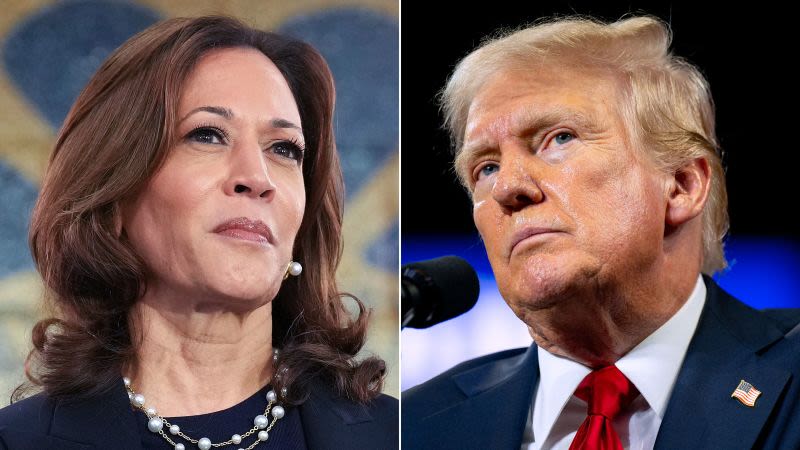President Joe Biden has made efforts to revive the manufacturing industry in the US through investments and subsidies, including the $53 billion CHIPS and Science Act and a $1.2 trillion infrastructure spending package. While these investments have led to increased construction spending by manufacturers, the industry is still struggling to recover fully from the impact of the Covid-19 pandemic. Despite a slight increase in employment levels compared to pre-pandemic levels, manufacturers have lost jobs in recent months, indicating ongoing challenges.
Under the current administration, the manufacturing industry has not experienced a revitalization but rather a gradual recovery. There is hope that the substantial investments made by the government will eventually pay off, but it may take time for these efforts to show significant results. With the upcoming presidential election, it may be challenging to convince voters of the positive impact of these investments on the industry.
Vice President Kamala Harris and former President Donald Trump have outlined their economic policies related to manufacturing. Harris has proposed tax cuts for the middle class, boosting tax deductions for startups, and investing in biomanufacturing, aerospace, and clean energy innovation. Trump has focused on lowering the corporate tax rate, increasing tariffs, and reducing regulations to attract manufacturing back to the US. Both candidates are aiming to address the challenges faced by the manufacturing industry and stimulate growth.
Manufacturing is currently facing difficulties due to sluggish demand, elevated interest rates, and uncertainty surrounding the economic outlook. Many manufacturers are hesitant to invest in production and hiring due to these factors. The industry is also dealing with rising costs, which could impact profitability or lead to higher prices for consumers. Specific sectors, such as aerospace and automotive, have their own unique challenges that are further complicating the situation.
Despite the challenges, the Federal Reserve’s decision to lower interest rates and signal further cuts could benefit the manufacturing industry by reducing borrowing costs. This could help businesses access credit more affordably and potentially stimulate consumer demand. However, there is still no clear indication of a significant recovery in the manufacturing sector, despite ongoing efforts to support the industry and stimulate growth.
As the manufacturing industry continues to navigate challenges and uncertainties, it remains to be seen how effective government investments and policies will be in revitalizing the sector. The combination of economic factors, global competition, and domestic issues poses obstacles to a full recovery. Manufacturers are cautiously optimistic about the future but are also aware of the complex landscape they are operating in. It will require a multi-faceted approach and collaboration between government, businesses, and other stakeholders to ensure the long-term success of the manufacturing industry in the US.













